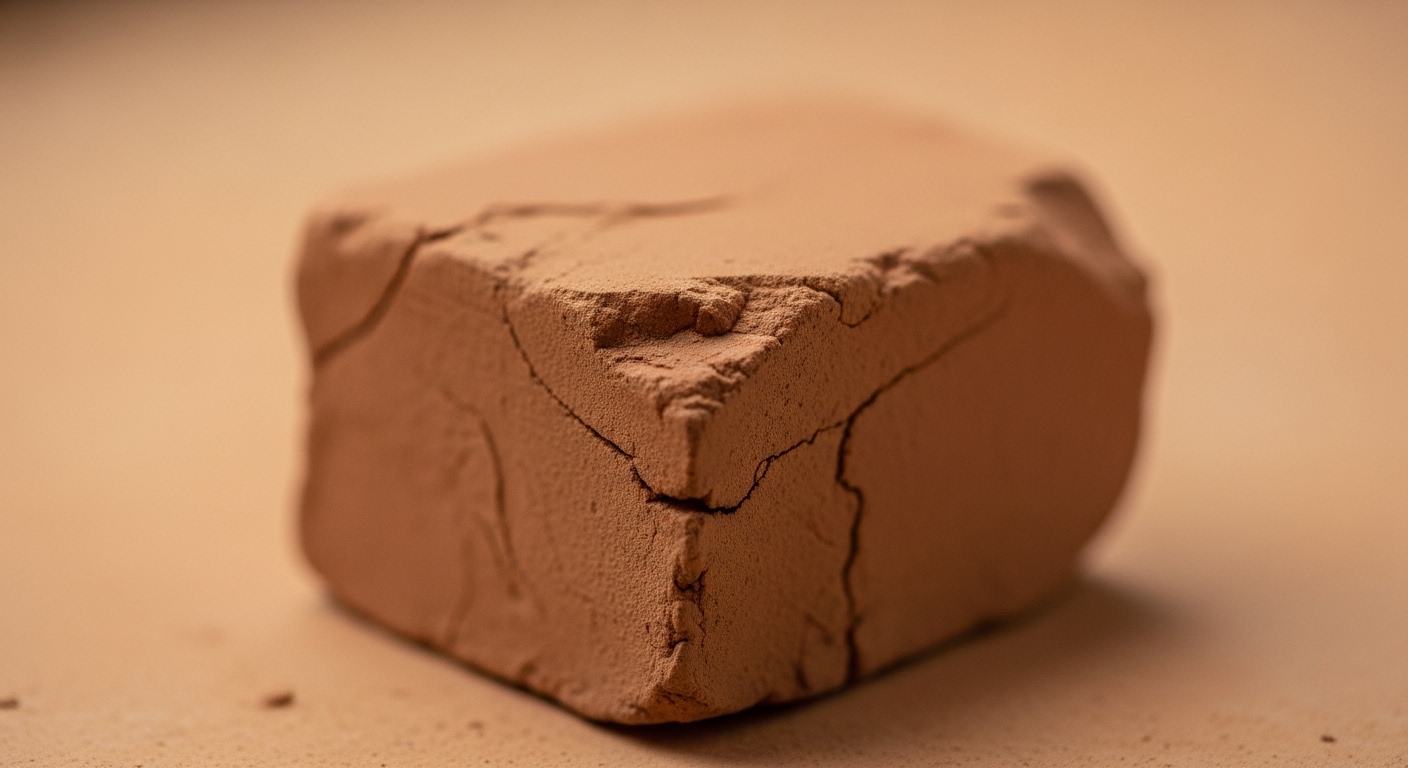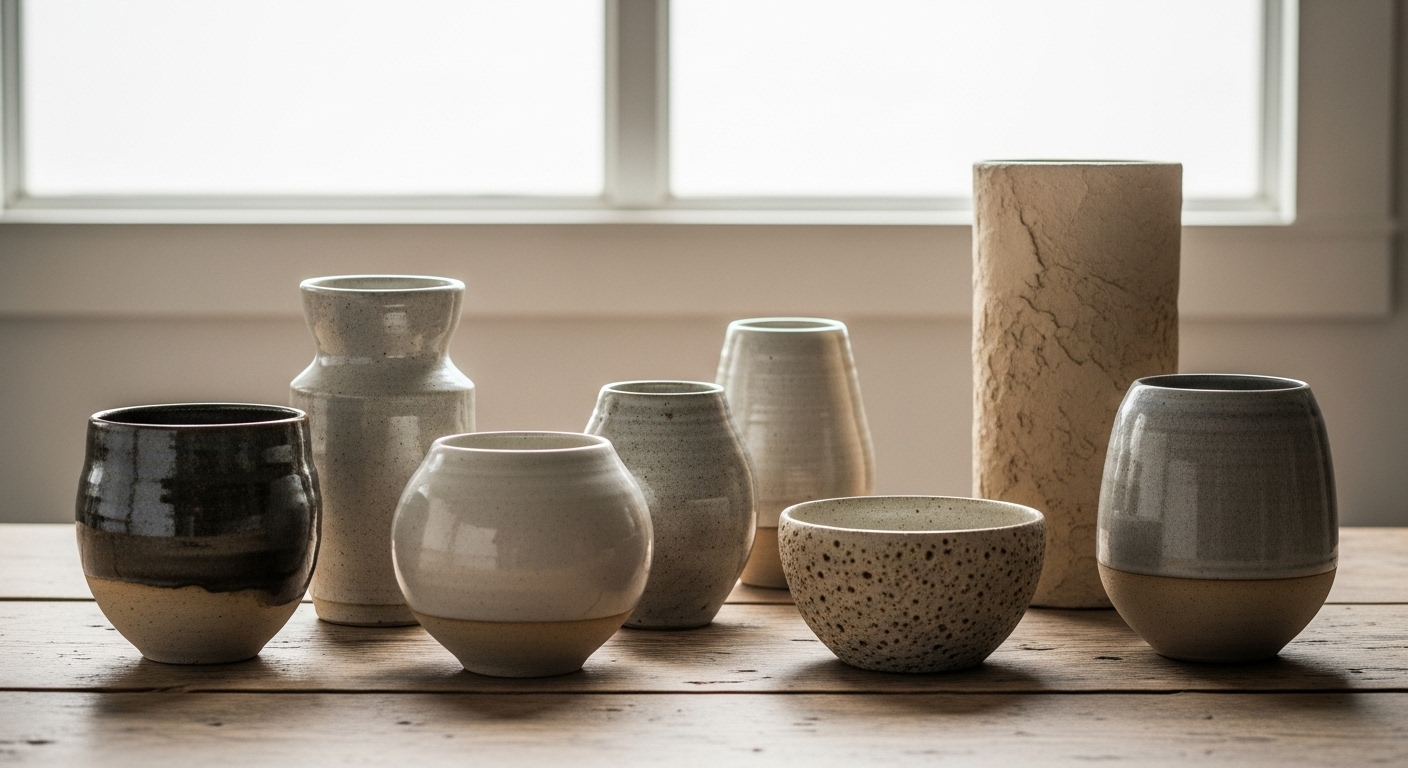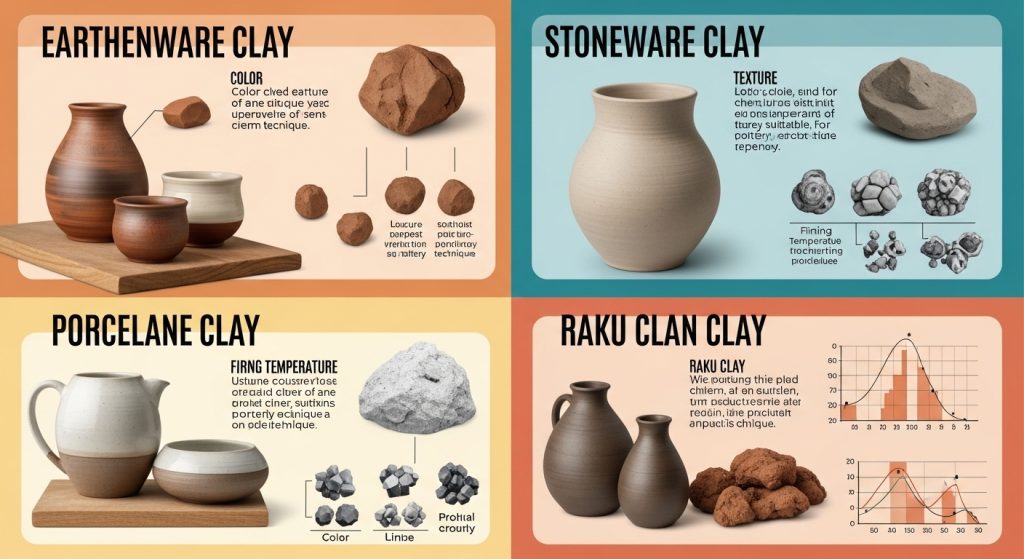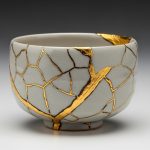When exploring the world of ceramics, understanding the types of clay for pottery is crucial. Each type offers unique qualities that influence the texture, durability, and finish of your creations. Whether you’re a beginner or an experienced potter, knowing which clay to use can make all the difference in your artistic journey.
1. Earthenware Clay

Earthenware is one of the oldest and most popular types of clay. It is soft, porous, and fires at a relatively low temperature, usually between 1,000°C and 1,150°C (1,830°F to 2,100°F). Because of this, earthenware pottery is often colorful and rustic but less durable than other types. It’s great for beginners and perfect for decorative items, flower pots, and tableware.
2. Stoneware Clay

Stoneware is a denser and more durable clay than earthenware. It fires at higher temperatures, typically between 1,200°C and 1,300°C (2,190°F to 2,370°F). This type of clay is non-porous after firing, making it ideal for functional pottery like plates, bowls, and mugs. Its color ranges from light gray to brown, and it has a smooth, stone-like finish.
3. Porcelain Clay

Porcelain is a highly refined clay known for its strength, translucency, and smooth surface. It fires at very high temperatures (around 1,200°C to 1,450°C or 2,190°F to 2,640°F). Porcelain pottery is elegant and often used for fine dinnerware and art pieces. It requires more skill to work with, but the results are stunning and long-lasting.
4. Ball Clay

Ball clay is very fine and plastic, which means it is easy to shape. It is often mixed with other clays to improve their workability. On its own, ball clay is not usually used for finished pottery but is valuable as a component in many clay bodies.
5. Kaolin Clay

Kaolin is the primary ingredient in porcelain and is prized for its purity and whiteness. It is less plastic than other clays, which means it can be a bit more challenging to work with but results in very smooth, white, and strong pottery.
Choosing the right clay can significantly affect your pottery projects. If you want rustic and colorful pieces, earthenware is your best choice. For durability and everyday use, stoneware is excellent. For fine, elegant works, porcelain is unmatched. Understanding these types will help you create pottery that suits your style and needs perfectly.


